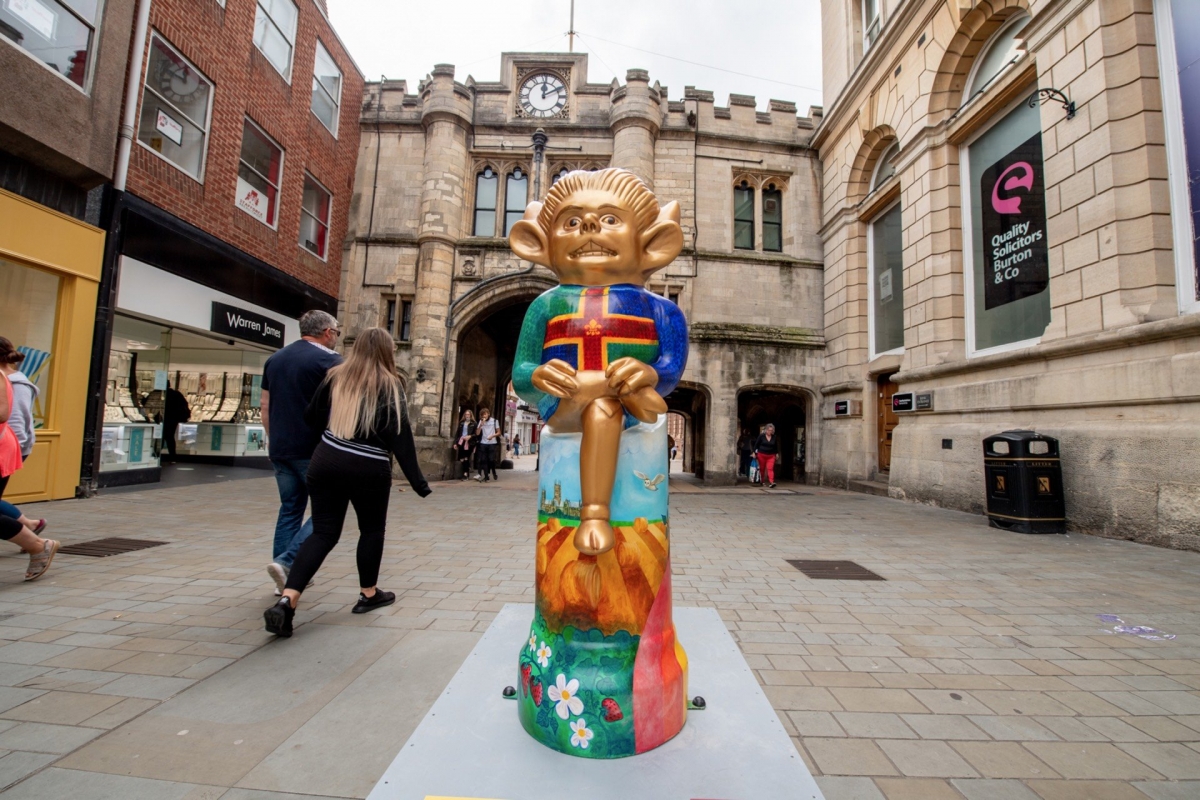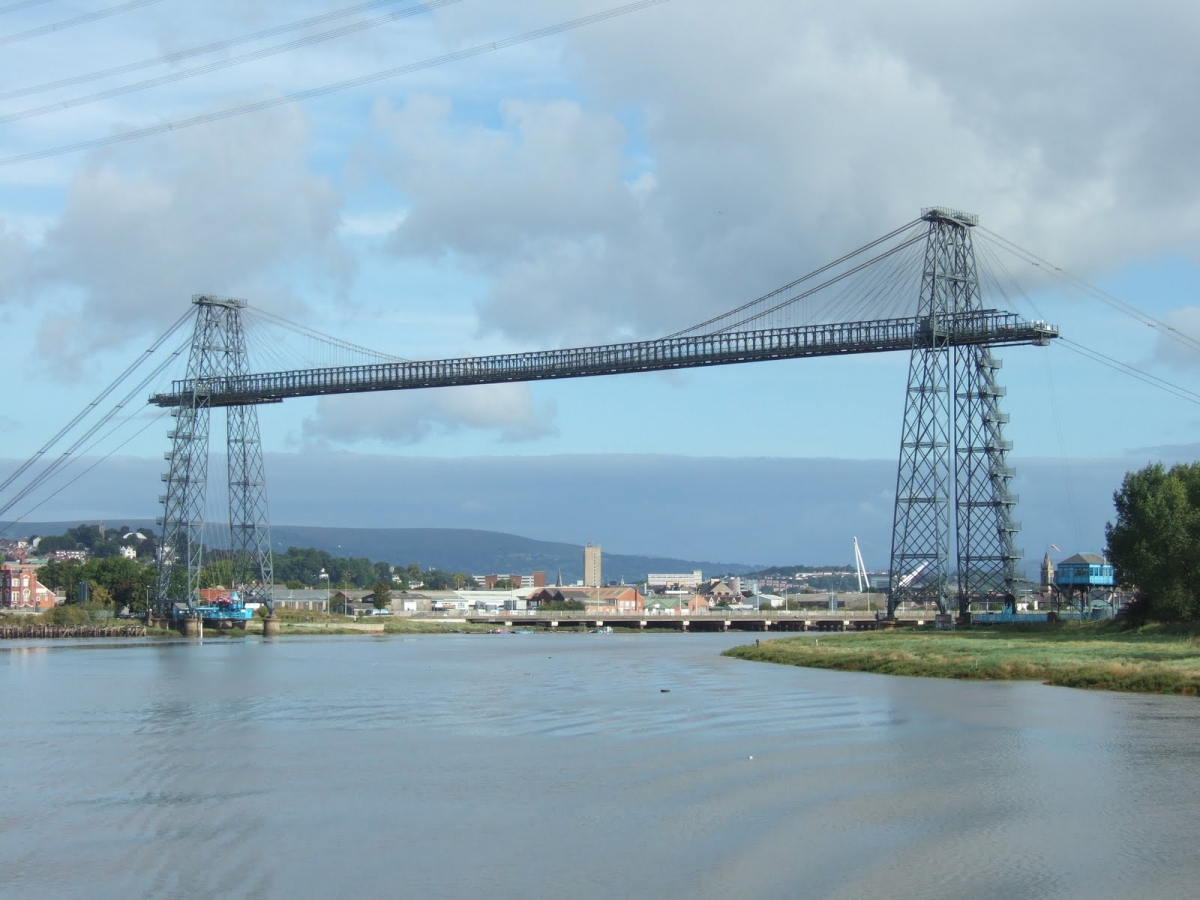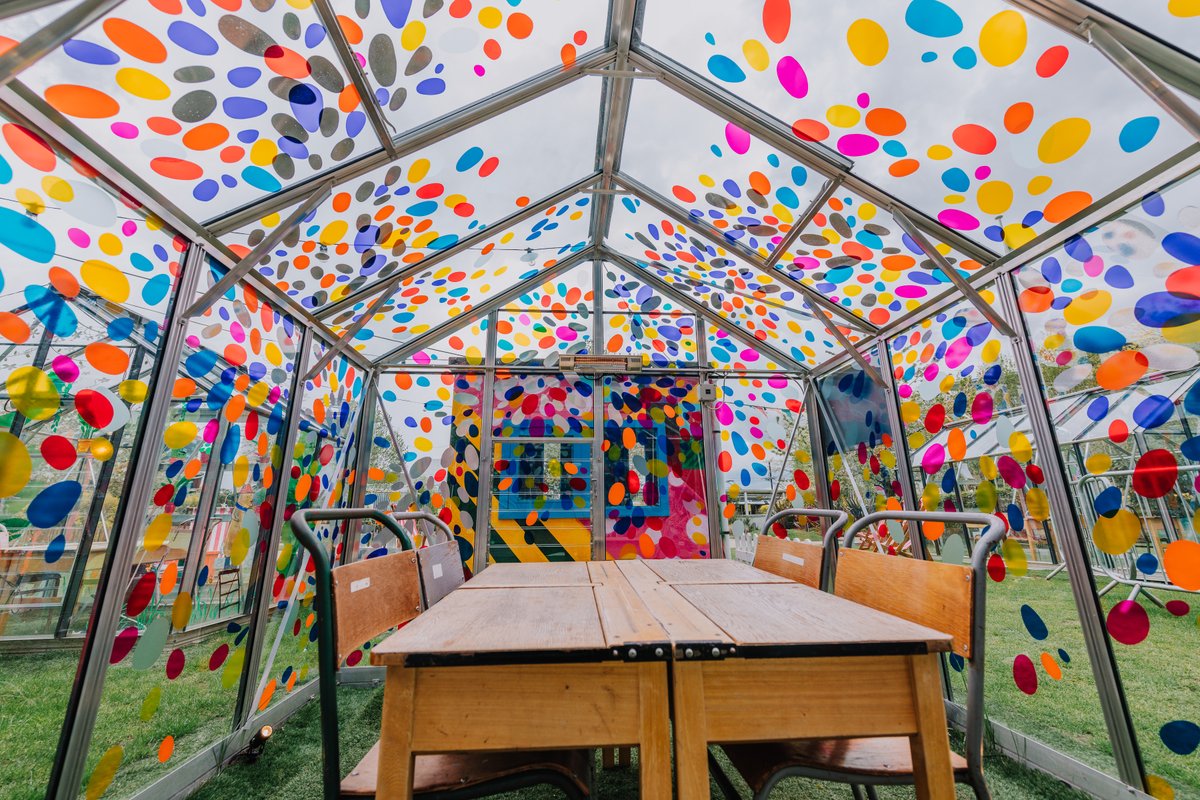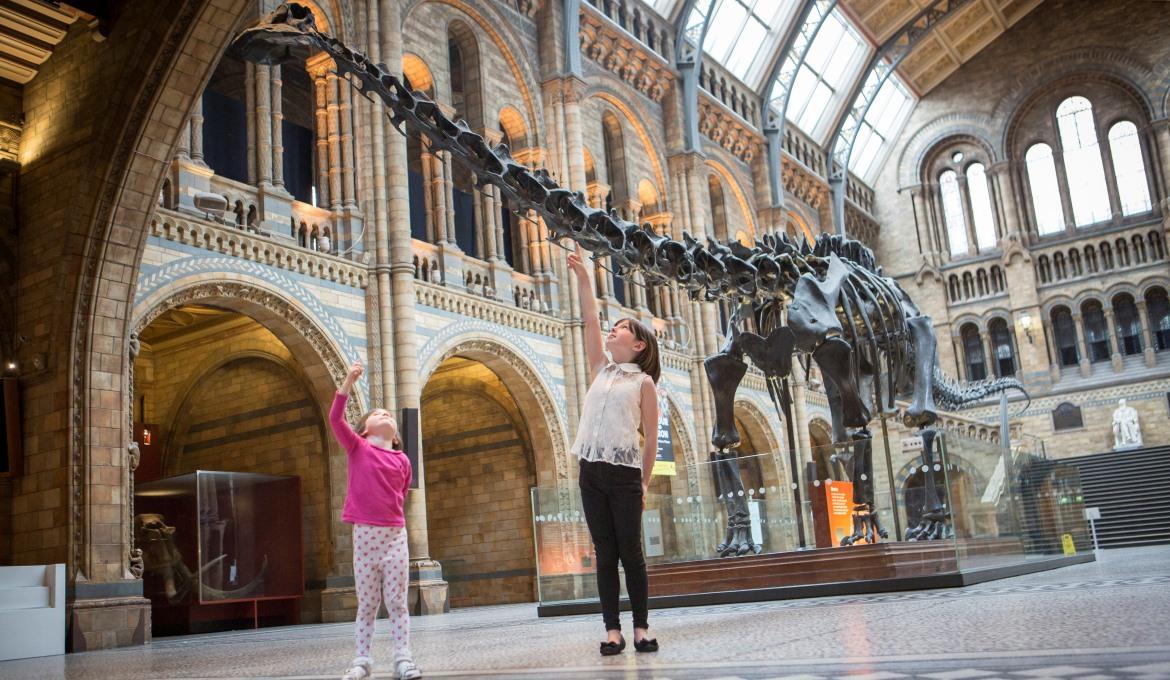An even spread of investment in culture for all towns and cities, based on their populations and weighted to tackle deprivation, is one of the most effective tools the government could use to give substance to its levelling up ambitions.

Majestic Imp: Number 16 on the Lincoln Imp Trail (Photo © 2021 John Aron / The Lincolnite used with kind permission)
So concluded a workshop last week (16 July) convened by Norwich city council leader Cllr. Alan Waters, deputy chair and culture lead of Key Cities, a grouping of 25 cities in all parts of England and Wales.
Sixteen cities had gathered in the workshop moderated by ING Media’s city strategist Peter Griffiths, to share experiences and ideas, discussing how they can support and learn from each other, and how to engage constructively with government to achieve the best outcomes for their populations.
Some cities have put culture at the heart of their strategy, with programmes that seek to lift the city and create a legacy: Hull in 2017 and Coventry this year have been designated UK City of Culture, while at least four others in the network – Medway, Lancaster, Bradford and Newport – are involved in preparing bids for the 2025 designation.
But culture is an important driver of growth and beneficial outcomes for all cities and towns. It is, according to Cllr. John Merry, the chair of Key Cities and deputy mayor of Salford, “part of what distinguishes us as cities.” Apart from the cultural offer to residents and to the wider area, he pointed to its significant role in regeneration. In Salford, the opening of the Lowry Centre in a previously run-down area in 2000 attracted much wider investment – and this was crucial in the creation of Media City as the home of the BBC ten years later, creating thousands of new jobs in Greater Manchester.
The Cultural Cities Enquiry
As the independent Cultural Cities Enquiry noted in its 2019 report, culture is key to delivering many of the broader improvements that national and local government seek: revitalising urban centres, stimulating the creative industries, developing skills, creating jobs, inspiring innovation, building community cohesion, improving mental health, driving change, attracting investment and enabling growth.
Key Cities – alongside Core Cities and Arts Council England – had sponsored that Enquiry and sees its central recommendation of creating local Cultural Compacts as a keystone policy on which to build.
The idea of the Compacts is to bring together local partners with a shared interest in maximising the civic role of culture – business, universities, the NHS, local authorities, the cultural sector, and planning partnerships such as LEPs – to maximise the social and economic benefits from a thriving cultural ecosystem.
The government responded by providing seed funding through DCMS and Arts Council England (ACE) to help 20 cities and towns set up Compacts, and 18 months later an ACE-commissioned evaluation reported that this had created new visions and ambitions and positioned culture more centrally in the local agenda, adding value and making a difference.
Similarly encouraged, the Enquiry reconvened to consider culture’s potential in post-Covid recovery and made a series of fresh recommendations, from funding Compacts in a further 100 cities and towns, to subsidising tickets in a culture equivalent of the Eat Out to Help Out scheme, in an effort to turbocharge the wider benefits this will deliver.
Culture for everyone in the child-friendly city
Presenting a detailed look at the Medway experience, council leader Cllr. Alan Jarrett said the Cultural Compact process had brought the community together – not around funding, but around identity and aspiration, addressing health inequalities and opportunities for young people, and around initiatives such as reanimating town centres and creating a child-friendly city. Culture has long been prioritised by the local authority, whose “Ideas Test” – an ACE-funded People & Places programme – has run since 2013, collaborating with Swale and also more widely in the context of the North Kent Partnership.
“Culture is how communities are knitted together for mutual benefit, and about how we can use that to engage with the wider public and grow our places for the benefit of all.” – Cllr. Alan Jarrett, Medway.
The cultural strategy is owned by a Medway-wide partnership with shared goals, mutual respect and strategic leadership at its core, with five sectors represented at Board level: children and young people, business and economic growth, health and wellbeing, the voluntary sector and the local authority, alongside the chair of Creative Medway. The approach is to co-create and co-deliver a holistic vision for culture in a place, connecting the cultural sector to broader issues that intersect with the aims of other organisations and agencies.
In Cllr. Jarrett’s view, the Compact helps to “park some of the noise” of the loudest voices, while connecting with harder to reach groups to make sure everyone is included.

Medway Your Way: the child-friendly city
As a collection of towns that came together in a new authority 23 years ago, culture is central to Medway’s placemaking agenda, with city status expected to be conferred next year and a bid to become City of Culture in 2025. Its vision is to be internationally recognised for its culture and creativity by 2030, demonstrating its positive impacts on everyone’s lives. The Cultural Compact process plays a key role in cementing that approach and connecting the community and wider stakeholders to the cultural strategy.
Rapid interventions and partnership building
In a broader discussion about cultural highs and lows, Kirklees council’s service director for culture and the visitor economy, Adele Poppleton, pointed to a programme of commissioning local artists – some of whom had worked internationally but never locally, to create rapid public art interventions in the area, in a pilot that tested so positively that it is being turned into a regular programme. Among other initiatives, Kirklees has looked internationally for inspiration and created a new outdoor gallery, and is testing ideas for musical projects as part of Kirklees’ bid to become City of Music in 2023.
These efforts are seen as key to economic recovery and ambitions to achieve the UK’s fastest return to pre-pandemic levels of footfall. Kirklees is building partnerships, and plans to explore the potential of the Cultural Compact process.
Culture lifting spirits
Represented by leader Cllr. Susan Hinchcliffe and healthy people and places portfolio lead Cllr. Sarah Ferriby, Bradford cited the success of its Cultural Place Partnership, which supports the city’s bid for 2025 City of Culture. They pointed also to Bradford’s Cultural Voice Forum, which continued offering resources and productions to communities during the pandemic – distributing art packs to children and young people, performing art groups working with domestic abuse victims and distributing content through online channels such as YouTube.
Back to the future
Newport (though under the aegis of Arts Council Wales, not ACE) sees strong opportunities to link it cultural offer to its regeneration strategy, reported the city’s regeneration manager Matthew Tribbeck.

The Newport Transporter Bridge
Newport is rich in nationally significant heritage assets, including the Transporter Bridge – the second and the oldest-surviving suspended ferry bridge in the UK, one of only 10 still operational worldwide – and the Westgate Hotel, known for its associations with the Chartist Uprising in 1883. Newport has been successful in linking its heritage to regeneration with projects such as the restoration of the Transporter Bridge with a £15m grant from Heritage Lottery Fund and the Welsh government.
Mass participation events
Citywide programmes such as the Elephant Parade in London and Manchester’s Bee in the City have proved very effective in engaging families, children, schools and businesses in art and cultural activity.
A similar scheme in Lincoln this year, the Lincoln Imp Trail, was described by the city’s deputy leader Cllr. Donald Nannestad. Artists were commissioned to create individually-designed large “imp” sculptures to reactivate 30 locations along the trail route. The “mass participation public art event”, organised by Lincoln Business Improvement Group with Wild in Art, has already engaged many people and organisations, with spin-offs including 50 individually customised “mini imps” created by schools, colleges and universities.
Creating new relationships

Box on the Docks, MediaCity UK
The head of Salford’s Culture & Place Partnership, Sarie Slee, highlighted Box on the Docks, an initiative from developers Peel L&P who commissioned artists to adorn 30 sheds and greenhouses as hospitality pods for outdoor dining in the MediaCity area. Even in the Covid-restricted period, the project succeeded in drawing new audiences, creating new relationships and demonstrating the demand for this sort of intervention. Salford’s annual light festival was another example that draws in many people.
Salford’s Cultural Compact, called “Suprema Lex” (referencing Cicero’s observation and Salford’s motto that the welfare of the people is the “highest law”) is coordinated by the Culture and Place Partnership, which brings together the local authority, the University of Salford and MediaCity UK with cultural institutions such as The Lowry, Walk The Plank and creative artist hub Islington Mill, with voluntary sector organisations and initiatives such as the Local Cultural Education Partnership. Salford’s policy officer Niamh Whitney echoed the view of other cities, saying the Compact had been hugely successful in bringing people together.
Dippy the Dinosaur

Dippy the Dinosaur at Norwich Cathedral
In Norwich, which as a UNESCO City of Literature, home to the Sainsbury Centre for Visual Arts and long-established centre for arts education enjoys a global reputation for its culture, the city council sees cultural activities as an opportunity to support democratic engagement – a great example of which is the current extended visit of Dippy the Dinosaur – the Natural History Museum’s iconic Diplodocus cast – which has taken up residence in the nave of Norwich Cathedral until the end of October, attracting many thousands of visitors including primary and secondary schoolchildren and families, and complemented with illustrations commissioned from local artists.
Could do better
The group also looked at examples that were less successful, where lessons could be learned. Not sufficiently co-creating with communities and not including ‘invisible’ communities in the local narrative. Not actively valuing minority groups. Not reconciling sometimes differing visions of culture between cities and surrounding areas.
In Kirklees, connecting with Muslim women and children – after initial obstacles – produced valuable insights into what they needed and when. The Council has acquired a disused shopping centre and will allow diverse groups to take over units before it is eventually redeveloped, to create visibility for obscured groups. Flying flags to mark special days such as Windrush Day is another way to show communities they are seen, valued, and part of the mainstream conversation.
In Salford, the city must meet the challenge of ensuring that all its communities can benefit from its cultural offer. Some groups, for example children and young people in some communities, have never had cultural experiences like attending the theatre, going to an an art gallery or to a football match. In South Wales, Newport is keen to revitalise its strong independent music scene, having lost ground to cities like Cardiff and Bristol.
Like Salford, Bradford feels it has more to do to ensure its cultural offer reaches everyone. They’d like to see more locally produced cultural output that resonates with residents. Early in Bradford’s culture journey the council tended to lead, but this is neither desirable nor sustainable in Covid-constrained times. There is a need to empower more groups and organisations to lead and to access different funding sources, with the council supporting and facilitating an ecosystem of culture providers.
Few cities have given much thought to the image potential of their cultural engagement and many feel their cultural story should be better told – to grow engagement, increase effectiveness, attract investment and secure much-needed government support.
Cities working together
There is real scope for members of the Key Cities network to share knowledge, data and experience, and for culture portfolio leads to discuss what works and what is more difficult, while remaining focused on connecting with communities rather than top-down targets. Such collaboration will strengthen rather than undermine cities’ sense of their distinctive offer and uniqueness of place. There is, it was felt, a potential role for the network in helping cities in post-Covid recovery to develop new approaches to localism and build on positive aspects of lockdown, such as people reconnecting with the public realm and greenspace assets, leading to new, place-based cultural offers.
An important role for the network would also be to provide knowledge to members about promoting themselves and their culture offers.
Government
Like the Cultural Cities Enquiry, Key Cities and its members see constructive engagement with the Arts Council, and with the government more broadly, as key to leveraging the potential of culture in the recovery and growth of our cities and towns.
Part of this is to do with funding, but equally important is working with relevant Government departments on the broader implications and outcomes.
There is a delicate balance to be struck, for the purpose of government involvement is to enable people, places and communities to thrive – not to direct them centrally. Funding is certainly part of that enabling function, but what should be the ongoing engagement to get the best outcomes for that investment? Equally important is working with relevant government departments on the broader implications and outcomes, such as revitalising urban centres, stimulating the creative industries and delivering positive health outcomes in communities. The creation of local partnerships that is at the heart of the Cultural Compacts process should be matched by coordination with government departments nationally to raise the ambition and potential of place-based investment in culture.
While it is welcome that the government has listened to the Cultural Cities Enquiry (albeit with modest direct funding), there is not much evidence of listening to the local authorities who deliver on the strategy. This gap is not without risk, and ways of building better engagement could fruitfully be explored.
Funding
The Cultural Cities Enquiry called for spending on culture to be maintained at pre-pandemic levels, and Key Cities believes this is necessary for this strategic approach to succeed. The Spending Review this Autumn will show whether the government plans to protect such discretionary but essential investment over the next three critical years of national recovery.
Short-term and competitive pots of funding make it impossible to take a planned, strategic approach to policy. They result in some cities and towns being excluded, so this kind of mechanism is more likely to entrench or redistribute inequality, not eradicate it. City leaders of all political colours are united in their view that cultural and regeneration funding should be non-competitive and based on objective criteria to deliver on the needs of their populations and on the Government’s ambitions to level up the country.
The view is that strategic funding for culture should be accessible to all cities and towns. Ongoing engagement with the funding body should be based on the funding being contingent on building effective local partnerships that deliver on diversity and inclusion, and evaluation to make sure communities have bought in and see the value of the local approach to culture.
There was consensus support also for two other funding recommendations made by the Cultural Cities Enquiry: stimulating culture through subsidised tickets (that cultural Eat Out to Help Out idea) to trigger a domino effect with economic and social benefits, and using the apprenticeships levy more creatively to boost the sector and support skills development through culture.
Engagement
The role of culture in repurposing spaces and revitalising high streets is widely understood and could be enabled more widely by facilitating a framework for strategic consultation and knowledge sharing with relevant departments such as MHCLG and BEIS.
The Cultural Cities Enquiry highlighted the role of culture in stimulating the creative industries, the fastest growing sector in the UK economy. Cllr. Waters emphasised that with its obvious benefits for hospitality, tourism and jobs, and its relative immunity from the impacts of automation, the culture sector represents a promising growth area over the next decade. Establishing a joint working group with DCMS to explore this more fully could create opportunities for innovation, effective policy implementation and better outcomes. This can take account of the wider cultural ecology, the inclusion of poorer communities and independent creatives, and reaching out to groups remote from the cultural market, to channel the diversity that is so central to success in the creative sector.
“Prosperous societies are ones that take strength from the diversity of their communities. Diversity is a generator of innovation.” – Cllr. Alan Waters, Norwich
Arts, heritage and culture more broadly all have important roles to play in building resilient communities, connecting with those who are excluded or hard to reach, and supporting mental health and wellbeing. Coordinating with relevant departments where appropriate on issues that affect multiple cities and towns could significantly improve learning and outcomes nationally.
Policy discussion
A policy meeting of the Key Cities APPG on 14 September, with parliamentarians, city leaders and senior representation from DCMS and ACE, will discuss these ideas to frame some constructive recommendations and facilitate the kind of engagement that will get the best out of cultural investment in our cities, towns and communities.

